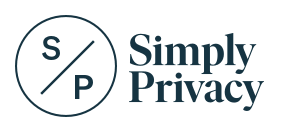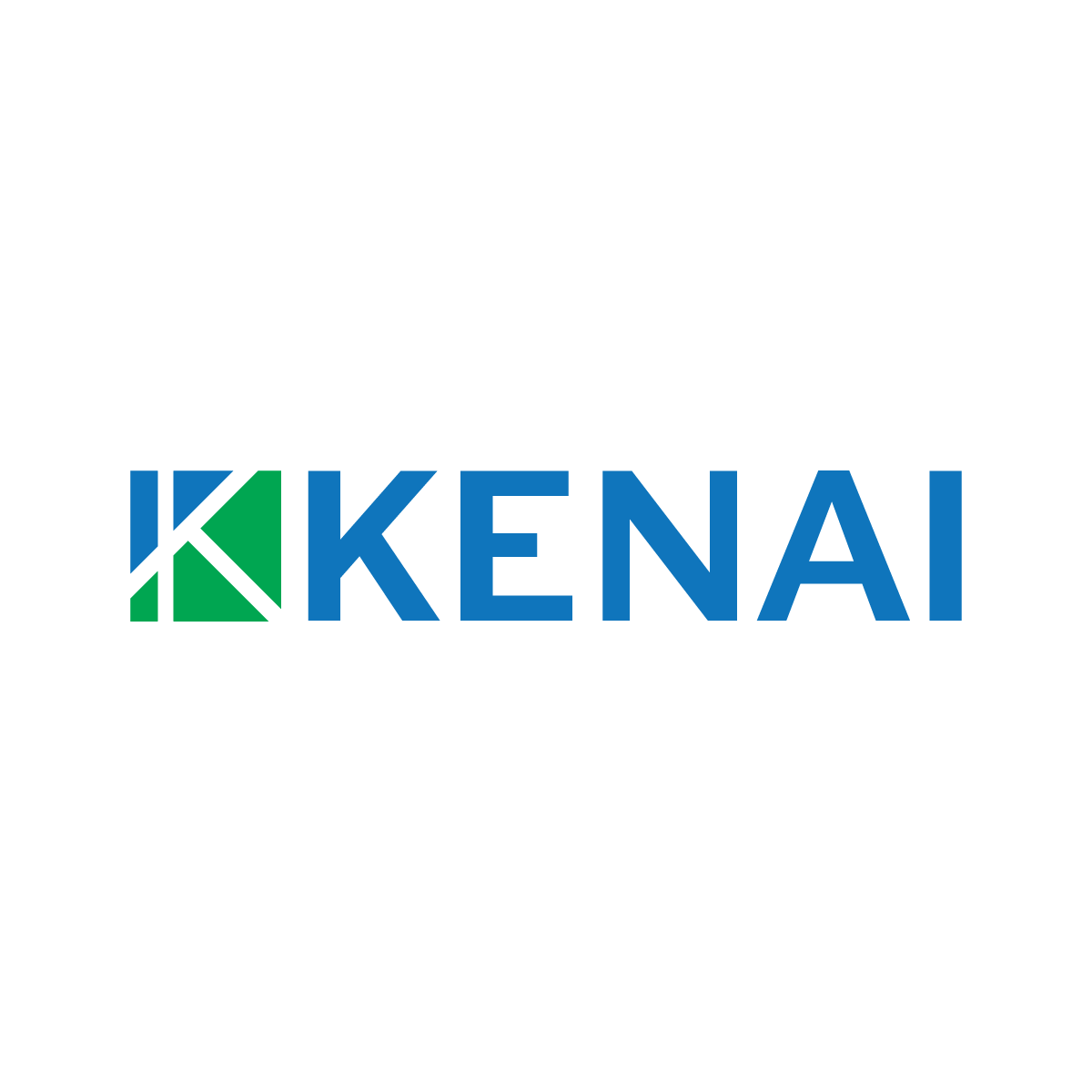Improved efficiency is not a one-and-done exercise. It’s only the beginning of a process which will always need your attention.
We could be fooled into thinking improved efficiency will only bring about positives to your organisation. But take your eye off the ball and it could end up costing your business.
What is the efficiency paradox – and how could it hurt my organisation?
Imagine you are so laser focused on the quickest way to enact change or complete a process that you end up sacrificing your quality and effectiveness.
Or worse, you risk alienating and losing valued staff, customers, and stakeholders as you sidestep or ignore their opinions, advice, feelings, and personal circumstances, with a single-minded approach to speed.
Maybe this results in a small course correction. Maybe you need to repeat the whole job. Maybe you move into damage control or face a PR nightmare. Maybe you need to hire new staff or attract new customers.
Yes, we know it sounds dramatic, but by focusing solely on speed, you risk delays, costs, and relationship breakdowns which result in greater expense, and more time and love lost, than if you had never made the changes in the first place.
This phenomenon is known as the efficiency paradox.
Five areas all business owners need to be mindful of with the efficiency paradox:
- Short-term vs long-term gains: Don’t get too excited about those early efficiency gains while ignoring delays in your long-term benefits or even drawbacks which might lead to negative customer or team impacts.
- Trade-offs: You’ve improved efficiency in one area of your organisation only to find it’s meant sacrifices in another – think eroding quality, trust and culture, innovation or sustainability.
- Being thoughtful and adaptable: Have you considered every process needed for success in your new model? Even a tiny misstep could set you up to fail. While you can’t plan for everything, a nuanced and adaptable approach is always helpful, especially when factoring in elements outside of your control such as serious illness or injury of key staff, changes in the economic, political and legislative climate, weather events, or cyber-threats. In the real-world, simple, stagnant, and shallow won’t cut it.
- Human factors: Does your efficiency solution involve less team input? This is great if their skills are being used elsewhere but the last thing you want is low morale or reduced job satisfaction, which could result in lower productivity, and increased absenteeism and staff turnover.
- External factors: Does your new way of working impact your wider community, any organisational stakeholders or the environment? These kind of negative outcomes to “improvements” will end up costing your business.
It’s vital to keep a close focus on your quality control when trying to accelerate. But some trade-offs may be possible.
These top ten trade-offs are:
- Offer fewer options or varieties: like a smaller menu in a restaurant, if you offer fewer options, you can streamline your production or service delivery without sacrificing quality. You also have the added benefit of being known for your niche – in turn supporting your marketing efforts as you’re not trying to be everything to everyone.
- Make it standard: If your processes don’t need to be flexible or ad-hoc, you are doing yourself a favour by standardising them and will experience cost and time efficiencies.
- Simplify your design, features and delivery (but keep in mind our earlier point about what needs to remain nuanced).
- Automate the areas that aren’t reliant on craft, soul, or other forms of human interaction.
- Rinse and repeat: Identify the areas where you can sacrifice uniqueness for higher output. Which areas of your business can be easily repeated without compromising on quality? Where can you use templates, for example?
- Relax a little: Are there areas of your work where you can relax on quality (just slightly) to speed up production or service delivery? Can you identify areas where 80% is good enough? Perfectionism in every touchpoint of your delivery can be more a threat than a selling point.
- Are you going overboard? Do your customers need to know everything about your processes and service? Are you spending too long onboarding them? Have you checked in with your customers recently to see if what you’re giving them is too much? Maybe you’re still sending things by post when an email will do. Or perhaps you’re giving away too many freebies? The same type of questioning is helpful in how you manage and lead your staff – is it tipping over to micromanagement?
- Outsourcing: Using external suppliers or contractors may require a divorce of control, which can be painful at the beginning, but managed correctly can increase your efficiency.
- Release products to market faster: You may have less time to test and refine, but can you risk releasing products or services sooner and tweaking after customer feedback? Will this allow you to be faster, more agile and responsive?
- Increase your risk appetite. Lower your standards. This approach is controversial and very context specific, so we can’t wholesale advocate for it. Can you reduce your contingency, hire an intern or use less experienced staff, use lower quality materials, or reduce sign-off procedures to lower your costs and increase efficiency? Tread very carefully here because, depending on your industry, this might be out of the question. Cutbacks in this area might be unethical, illegal, severely damaging, or even life-threatening.
With each of these ten trade-offs, you must weigh up the potential fallout against the potential gains, particularly in customer satisfaction, brand reputation, staff and customer safety, and long-term sustainability. If you’re unsure about any of this, Target State can help.
In the battle between efficiency and quality – find your sweet spot.
Balancing the quality and efficiency seesaw is an achievable goal. But not a static one. With the right amount of monitoring, your organisation will get there. The checklist below gives you key areas to consider in your ongoing efficiency maintenance.
- Set yourself clear goals and priorities.
- Be clear on your vision and values and make sure you’re not compromising on them.
- Make sure you leverage the appropriate tech and automation.
- Empower your team to feel a part of the process with good open comms.
- Create a culture of continuous improvement.
- Be flexible and adaptable with your processes.
- Avoid those ethical or sustainable
- Keep your customers’ needs front and centre in decisions.
- Consider how you will measure your efficiency metrics and when.
- Be mindful of your risks in focusing too heavily on either efficiency or quality.
Okay, we’ve found the sweet spot – how do we maintain this level of efficiency without a sacrifice to our quality?
We know that with any change comes a whole raft of feelings from excitement to resentment.
At all levels of your organisation, you require buy-in and commitment for business change to work. Your management team being excited about the possibilities is not enough. Get everyone onboard, show them the benefits and they’ll all be invested in your end goal.
There are several strategies you can use to achieve this:
- Clearly define and communicate your quality standards: What does quality mean for your business? What are your non-negotiables? Be specific here and include the metrics you will use to measure quality. This needs to be clear to everyone.
- Put in place quality management systems: These could include processes for quality planning, assurance, control and improvement. Your system should be documented, communicated and reviewed regularly to keep it relevant and effective.
- Invest in employee training and development: This will help keep your team up to speed on your organisation’s quality standards, procedures and their role in maintaining quality. And it’s a great opportunity to improve team quality management skills and knowledge.
- Foster a culture of ongoing improvement and openness: Encourage and even reward team members for their input on how processes can be improved. Have regular team brainstorming sessions or an ideas box in the company break room (or a digital solution if your team is hybrid or remote). Also create a culture where it’s safe to fess up to your mistakes, so things can be fixed promptly.
- Keep customer focus front and centre: To keep meeting your customers’ needs, stay on top of and record any insights they share. Gather feedback, conduct surveys, analyse themes and trends. There’s no such thing as a bad idea.
- Collaborate well with your suppliers: How can they help you be better? How can you help them to help you? Again, this is about good regular comms and process audits.
- Data-driven decisions: Good data collection and analytics are at the heart of great decisions. Let the data identify trends and inform your decisions, and drive improvements.
- Commitment from your leadership team and board: It’s crucial your leadership and governance team demonstrate commitment to quality in their actions for this to flow down and be embraced by the whole organisation.
- Ongoing risk management: Proactive risk management practices will identify potential threats to quality early. This way your leadership team can develop strategies to help mitigate them and prevent them in future.
- Audit and review: Conduct regular audits and reviews of your quality management processes, systems and overall performance. This way you can jump in with any non-compliance of standards, areas for improvement and stay consistent.
- Stay agile and adaptable: As Greek philosopher Heraclitus is often misquoted in saying: “The only constant in life is change.” And that goes for business too. Keep on innovating, keep an eye on changing market conditions and tech advancements and keep encouraging your team to adapt and experiment to stay ahead of the quality game.
Okay, I’m convinced I need to avoid the efficiency paradox. What steps do I need to take?
Improved efficiency can have a knock-on effect on quality. But there is a sweet spot between efficiency and quality. And it’s not static. Close monitoring, course correcting, and clear communication can keep you – or get you back – on track.
If you want to improve efficiency while steering clear of the efficiency paradox, speak to us at Target State. We’re always up for a chat and coffee. Please get in touch and let us know how we can help you and your business.
Need help avoiding the efficiency paradox? Contact us today!
































